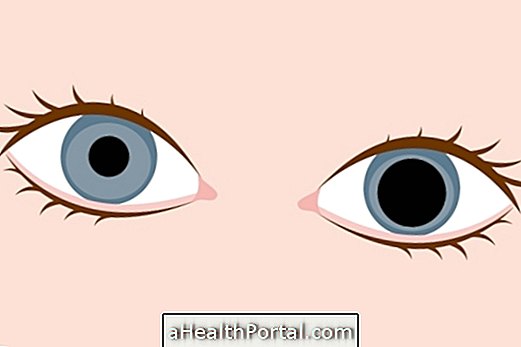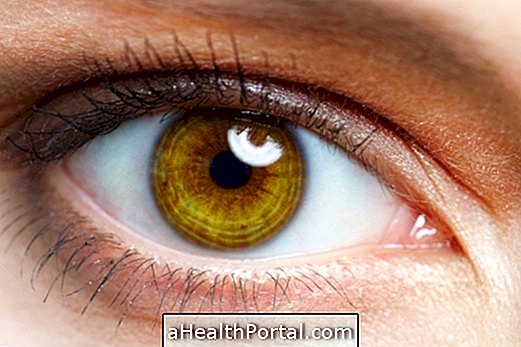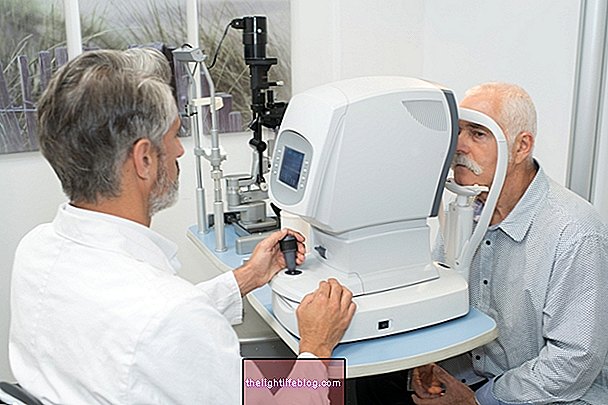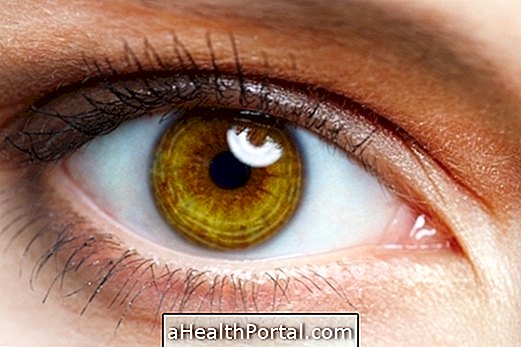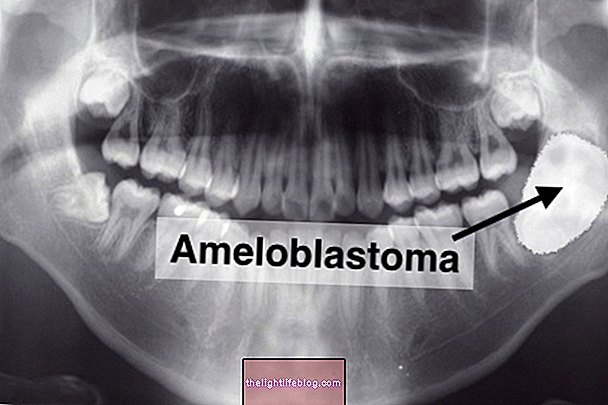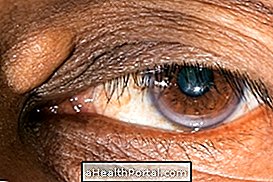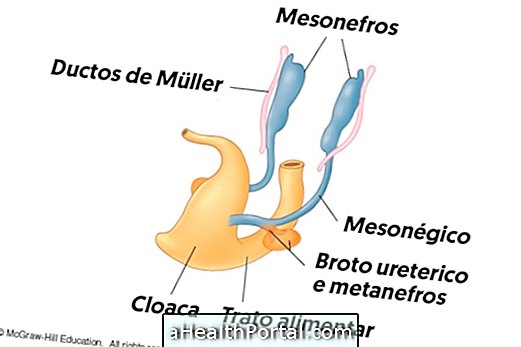Keratoconjunctivitis is an inflammation of the eye that affects the conjunctiva and cornea, generating symptoms such as redness of the eyes, sensitivity to light and the sensation of sand in the eye.
This type of inflammation is more common due to infection by bacteria or viruses, especially the adenovirus, but it can also happen by dryness of the eye, being in these cases called dry keratoconjunctivitis.
The treatment varies according to the cause and therefore it is best to consult an ophthalmologist when eye changes occur not only to confirm the diagnosis but also to initiate the most appropriate treatment which may include antibiotic eye drops or just moisturizing eye drops .
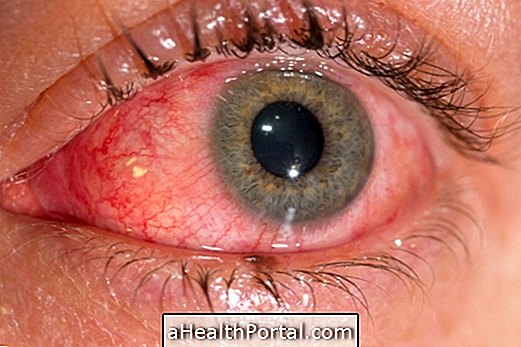
Main symptoms
Although there are 2 main types of keratoconjunctivitis, in most cases the symptoms are quite similar, including:
- Redness in the eye;
- Sensation of dust or sand in the eye;
- Intense itching and burning in the eye;
- Sensation of pressure behind the eye;
- Sensitivity to sunlight;
- Presence of thick, viscous patch.
In cases of keratoconjunctivitis due to viruses or bacteria, it is also common for thick and viscous patch to appear.
Generally, symptoms worsen when working on a computer, when doing some activity in a very windy environment or when going to places with a lot of smoke or dust.
How to confirm the diagnosis
The diagnosis is usually made by the ophthalmologist through the evaluation of the symptoms, however, the doctor may also use other tests to try to identify the correct cause of keratoconjunctivitis, especially if the treatment has already started but the symptoms do not improve.
Possible causes
Most often, keratoconjunctivitis develops due to infection by a virus or bacteria. Some of the most common include:
- Adenovirus type 8, 19 or 37;
- P. aeruginosa;
- N. gonorrhoeae;
- Herpes simplex.
The most common infection is by some type of adenovirus, but it can also happen by any of the other organisms. However, other organisms cause more serious infections, which can evolve very quickly and end up causing sequelae like blindness. So whenever there is suspicion of an infection in the eye it is very important to go quickly to the ophthalmologist to start treatment quickly.
In rare cases, keratoconjunctivitis can also arise from dryness of the eye, when there is a physiological alteration that causes the eye to produce fewer tears. In these cases, inflammation is called dry keratoconjunctivitis.
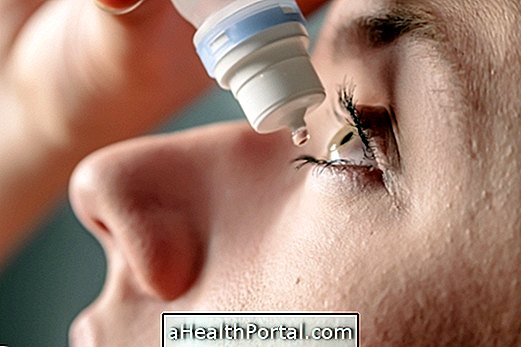
How is the treatment done?
Treatment for keratoconjunctivitis is usually initiated with the use of moisturizing eyedrops, such as Lacrima Plus, Lacril or Dunason, and antihistamine or corticoid eyedrops, such as Decadron, that greatly alleviate redness and all symptoms associated with eye inflammation .
However, if keratoconjunctivitis is being brought on by a bacterium, the ophthalmologist may also advise the use of an antibiotic eye drops, to combat the infection, as well as alleviate the symptoms with the other eye drops.
Possible Complications
When treatment is not started rapidly, inflammation of the eye can cause complications such as ulceration, corneal scarring, retinal detachment, increased predisposition to cataract, and loss of vision within 6 months.

